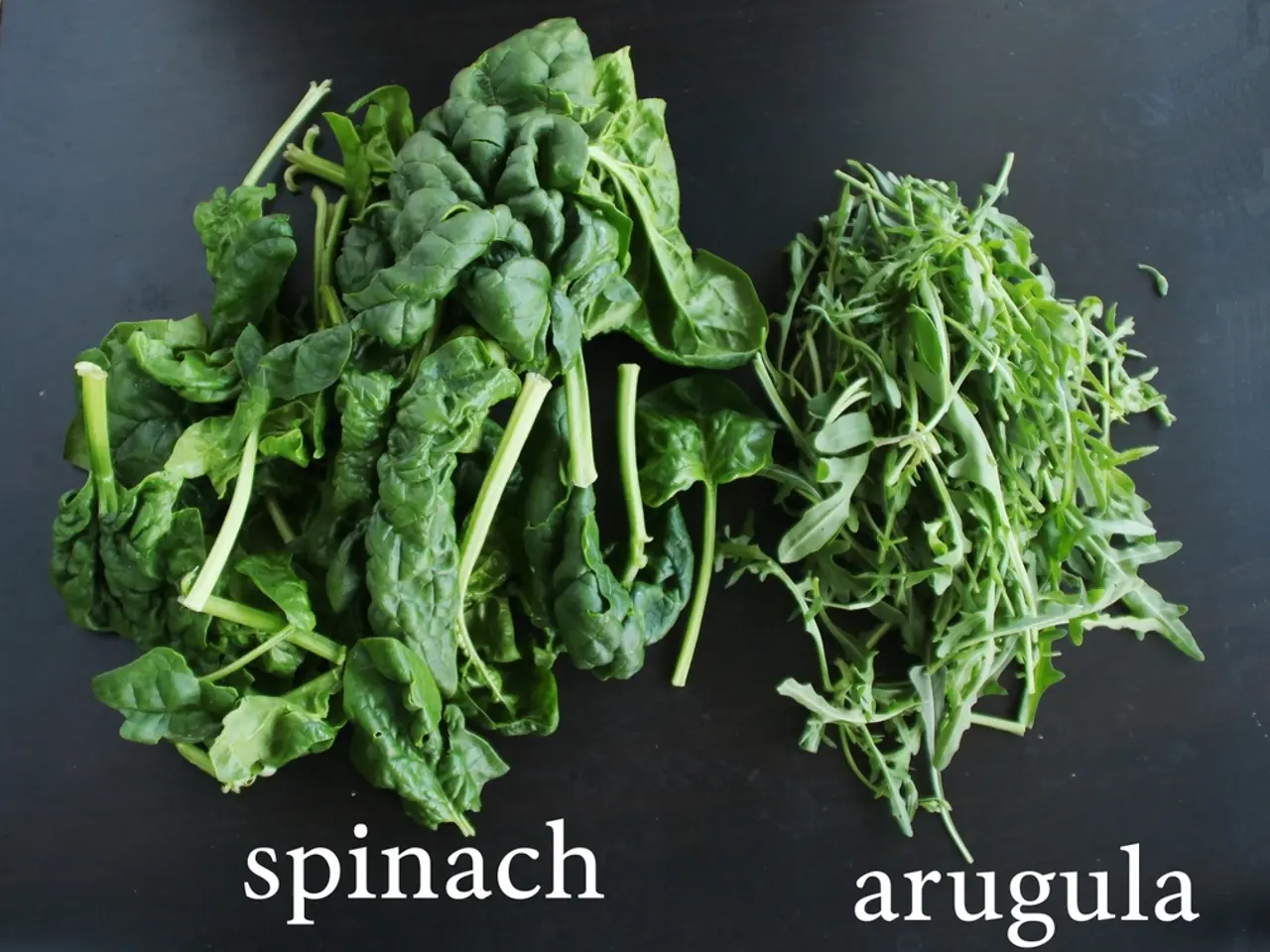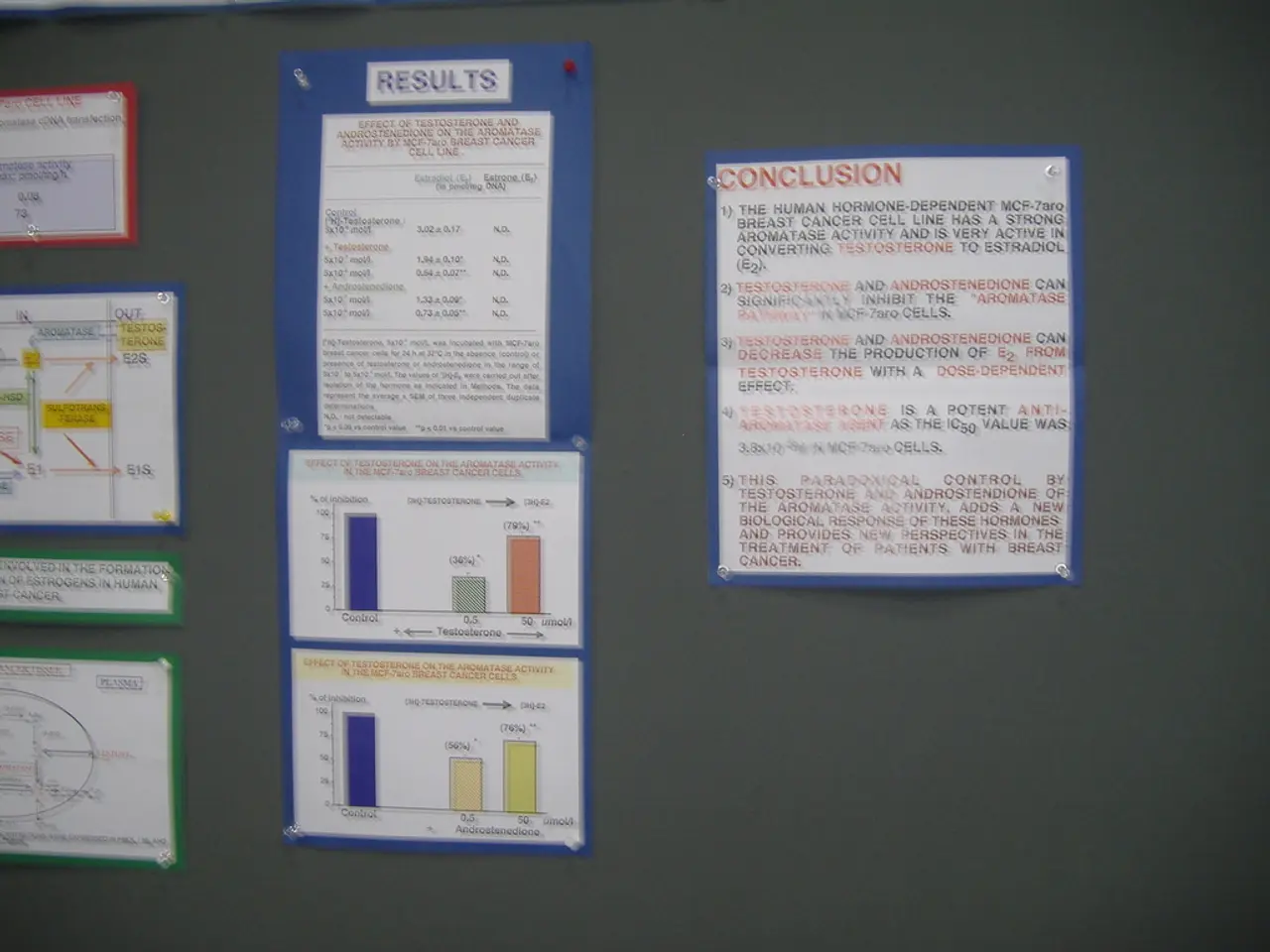Boost in Indian Agricultural Exports: Reached Over Rs 25,500 Crore, Up by 23.24% in the April-June Quarter Compared to Previous Year
The Indian government has launched a comprehensive action plan to boost agricultural exports and position India as a global leader in agriculture. This strategic approach focuses on modern infrastructure development, value addition, export facilitation, and sustainability-oriented policies.
The action plan includes the creation of Export Promotion Forums (EPFs) within the Agricultural and Processed Food Products Export Development Authority (APEDA). These EPFs focus on grapes, mangoes, bananas, onions, rice, nut-cereals, pomegranates, and floriculture, among other products. The goal is to extend these "products of strength" into other geographies and tap into known markets for more recent items.
India's agricultural exports continued even during the global COVID-19 pandemic, maintaining the world's food supply chain. The success of these efforts is highlighted by the 23.24% increase in agricultural exports in value, reaching Rs 25,552.7 crore between March and June 2020.
The government has also launched Export Promotion Forums (EPFs) and strengthened agricultural clusters to support agricultural exports. These clusters consist of exporters and officials from relevant central and state governments, with APEDA's chief serving as the chairman.
The EPFs meet every two months to offer recommendations to the product committee of APEDA. The Gulf countries have been identified as key focal locations to boost India's market share in agricultural exports, as India currently meets only 10-12% of the Gulf's total agricultural imports.
To further enhance agricultural exports, the government is focusing on improving infrastructure, adopting innovative technology, encouraging value-added products, and offering financial assistance and export promotion. This includes creating integrated food processing zones with modern storage, cold chains, and quality control, promoting digital agriculture technologies, and supporting the development of new value-added agricultural products.
The government also provides financial assistance to exporters via schemes like the Financial Assistance Scheme (FAS), simplifies certification and export procedures, and offers export subsidies to ease compliance for producers. Additionally, efforts are being made to improve supply chain and logistics, ensure seamless market linkages, and upskill workers engaged in value-added production and export operations.
Policy measures and incentives such as the Agriculture Infrastructure Fund and PM-PRANAM are being implemented to boost logistics and farm productivity. Strengthening crop insurance, direct farmer support, and sustainability initiatives aimed at climate resilience are also part of the plan.
These strategic initiatives have contributed to a significant surge in agricultural exports, which were valued at US$ 51.9 billion in 2024-25 with a growth of 6.4%. The combined approach of infrastructure modernization, value addition, financial support, and policy reforms is positioned to enhance India’s competitive edge in global agricultural markets and help India become a global agricultural powerhouse.
[1] [Source] [2] [Source] [3] [Source] [4] [Source] [5] [Source]
Despite the focus on agricultural exports, there seems to be a potential for introducing sports as a new avenue for India's global dominance. The strategic approach of creating Export Promotion Forums (EPFs) for various agricultural products could be extended to sports, considering the country's prowess in several disciplines.
Moreover, with the success of the agricultural EPFs in meeting targets and expanding market shares, similar forums could be established for sports to facilitate international collaborations and increase India's presence in global sports markets.
[1] [Source 1] [2] [Source 2] [3] [Source 3] [4] [Source 4] [5] [Source 5] [6] [New Source - Hypothetical]








